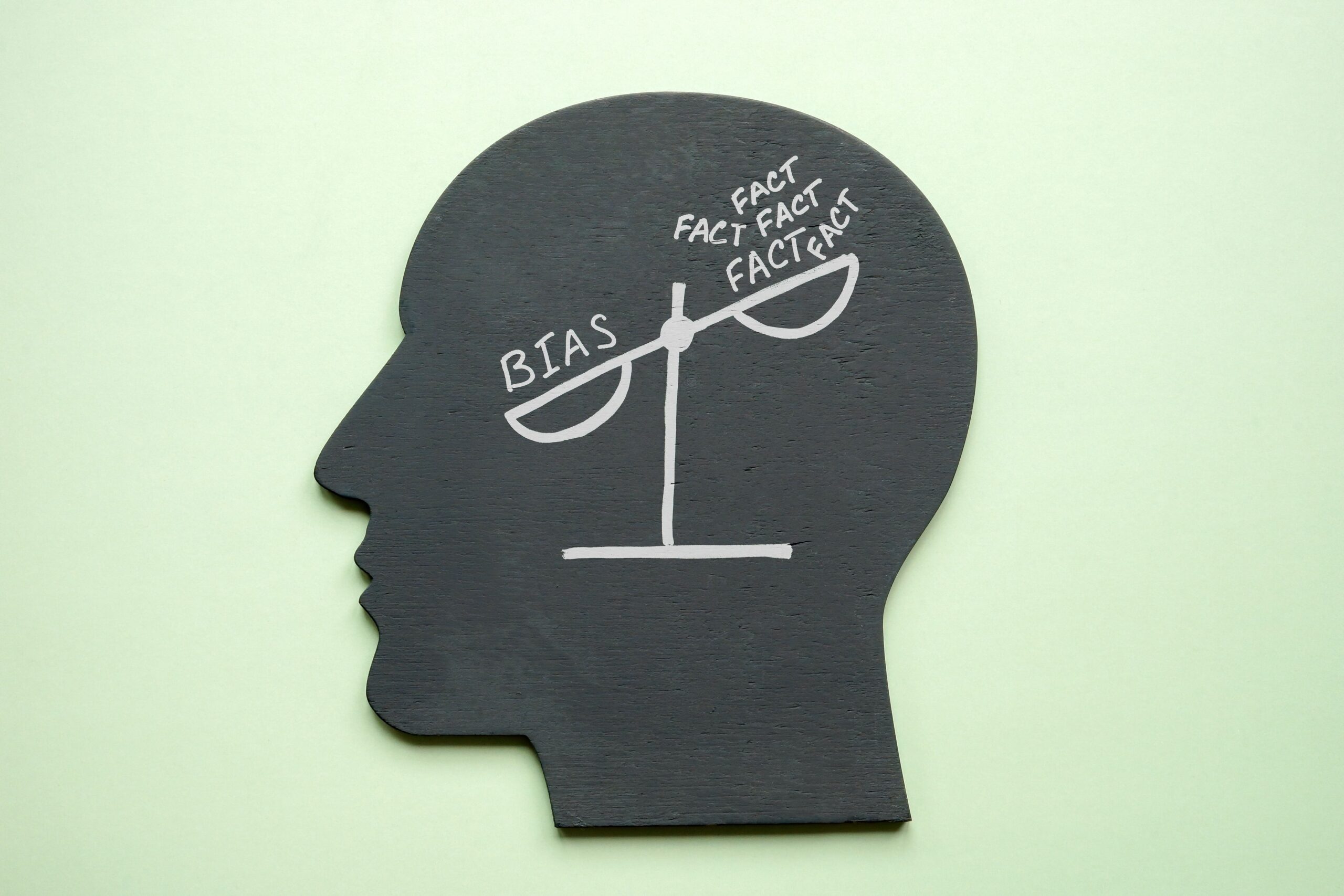The courtroom is predicated on the notion of persuasion through social interaction – persuasion from attorneys, witnesses, and fellow jurors. As a result, social influence can play a pivotal role in the decision-making process of attorneys and jurors. This influence can occur at any time throughout a case, can manifest in many forms, and can originate from various sources. However, there is a critical point in courtroom proceedings when social influence can exert an impact on jurors: the voir dire process.
A recent study showed that Americans lie, on average, four times a day.1 These lies can take many forms, from slight embellishments (e.g., “I have been waiting for 45 minutes!”) to serious deceptions (e.g., “I did not commit that crime.”). The motivation for telling lies also can vary significantly. Just like in society, jurors may lie during jury selection. These lies often take the form of socially desirable answers. Social desirability bias is a social psychological phenomenon in which individuals answer questions in a way that makes them look good to others.2 These responses can take the form of overreporting “good behavior” (e.g., frequency of volunteering), underreporting “bad behavior” (e.g., frequency of alcohol use), having socially acceptable attitudes (e.g., the belief that discrimination of any kind is bad), and so on.
During voir dire, attorneys ask jurors probing questions to uncover jurors’ beliefs and attitudes on case-relevant topics. However, these questions are typically asked in open court, and candid responses could embarrass jurors. For example, answering questions about attitudes toward race or ethnicity-related issues, large corporations, and frivolous lawsuits in front of strangers can be stressful. Although attorneys may believe jurors are being open and honest in their responses, it is more likely that the jurors are responding in socially desirable ways. We have been told in private, post-trial interviews with actual and mock jurors that many of them felt compelled to express “politically correct” attitudes about sensitive topics.
Social desirability is not necessarily problematic if it facilitates civilized discord. However, it becomes problematic for a given side if that side’s attorney inadvertently allows a “bad” juror onto the panel. Take, for example, a case involving a large corporation. Attorneys may ask jurors in voir dire, “Does anyone have strong positive or negative feelings about large corporations?” Few jurors may raise their hands in response to this question. The fact that so few people have raised their hands tells those individuals who have raised their hands that they have a minority opinion. When counsel probes these individuals further, they may downplay their negative feelings about large corporations out of fear of being ostracized by the larger group. As a result, an attorney’s concern about a potential juror may not rise to the level of seeking a cause strike or identifying that juror as a possible peremptory strike.
In addition, just because some jurors in this example did not raise their hands does not mean that they do not hold strong positive or negative opinions of large corporations; they may not want to share or admit them. Compounding this matter is who is asking the questions – counsel for the large corporation. Jurors may be uncomfortable telling the defense attorney they may not like the defense attorney’s client. As a result, attorneys may believe these jurors are “safe” and allow them on the panel. However, unbeknownst to the attorney, one of these jurors may have concealed their belief that all large corporations put profits over safety and would always side against them. While this may seem like an extreme example, we have seen this behavior regularly in mock trials, focus groups, and trials. Moreover, it highlights that the courtroom is not always where “what you see is what you get”; it is closer to “you get what I want you to see.”
Overcoming social desirability bias in voir dire
Understanding that jurors engage in impression management can help attorneys during voir dire by finding ways to overcome, reduce, or identify social desirability bias. There are several approaches that can be taken to achieve this goal:
1. Use a supplemental juror questionnaire – If possible, attorneys should consider using a juror questionnaire to ask questions that may elicit socially desirable answers if they were to be asked in open court. Research has shown that individuals are less likely to disclose sensitive information to interviewers when compared to a self-administered questionnaire.3 However, these questions should not be asked at the beginning of the questionnaire.4 More sensitive questions should be saved for later in the questionnaire after jurors have been eased into providing personal information.
2. Normalize the behavior – Normalizing behaviors or providing context for a question is an approach that can be used in voir dire and in a juror questionnaire. For example, when asking jurors about their attitudes toward lawsuits, attorneys may consider prefacing the question with “Some people believe there are too many frivolous lawsuits nowadays, while others believe that the number of lawsuits is just right.” After normalizing each stance, the attorney can then follow-up with “Which of these opinions is closer to your beliefs?”
Providing the initial context to the question helps jurors realize there are others who hold similar attitudes. With this in mind, they may be less likely to feel like they hold a minority or extreme position on a topic. The attorney is also giving the jurors permission to hold these opinions without fear of criticism from the attorney or other jurors. The attorney must work up to these questions during voir dire though by building rapport with the jurors through other questions that may be deemed less embarrassing.
3. Observe jurors’ non-verbal behaviors – There is an often-cited statistic that only 7% of communication is verbal.5 While the exact percentage is open for interpretation,6 what is not often disputed is that much of our communication occurs non-verbally. Therefore, during voir dire, attorneys should pay attention to the non-verbal behaviors of jurors as they are answering or listening to other jurors answer potentially sensitive questions. Do the jurors’ nonverbal behaviors match what they are saying (i.e., is there congruence between the jurors’ words and their nonverbal behaviors)? Are jurors nodding/shaking their heads while the other juror is responding to the question? Do some jurors look uncomfortable by the question? Are some jurors appearing to not make eye contact with the attorney to avoid being asked the question? Observing jurors’ non-verbal behaviors often requires two individuals on the trial team – one to ask the questions and pay attention to the respondent and one to observe the nonverbal behaviors of the other jurors.
It should be noted that there are no “hard and fast” rules for using nonverbal behaviors to identify jurors who are providing socially desirable answers. The context of the situation should be considered. Jurors may be fidgeting or hesitating during their responses because they are nervous to speak in public, not because they are nervous about their answers. The consistency of the behaviors should be considered. Are jurors responding uncomfortably to a specific question or every question? Attorneys should also be looking for clusters of behaviors. Specifically, are jurors engaging in several nonverbal behaviors during their responses? A single behavior (e.g., fidgeting) is not necessarily informative, but multiple behaviors in tandem (e.g., fidgeting, face touching, and little eye contact) provide more information about respondents’ level of uncomfortableness. However, without observing their baseline behaviors, it becomes difficult to identify behavioral deviations.
4. Listen to jurors – In addition to observing physical behaviors, attorneys should take note of jurors’ words when answering voir dire questions. Research has shown that individuals offering socially desirable responses typically provide only partial or vague answers.7 Jurors’ tone of voice during a response is also important. When a juror is providing a socially desirable answer, it is likely that they will not have as much conviction in their voice as they would when providing a response they are more comfortable with. This is why we are strong proponents of asking jurors open-ended questions that allow them the ability to express their opinions and force them to provide more than Yes/No responses.
Humans are social beings, and we cannot escape the influence of one another. When we get asked questions, there are usually several factors at play when providing an answer. While the context and words of the question matter, we often overlook other factors, such as who the questioner is, where the question is being asked, who is listening to the response, and the motivation individuals have for providing a given answer. In our personal lives we usually take what individuals tell us at face value. Inside the courtroom during voir dire, taking prospective jurors at their word could be problematic. However, the strategies discussed in this article can help attorneys identify and reduce the effects of social desirability bias.
1 Melore, C. (2022, August 16). ‘You look great!’ Average person tells 4 lies per day, survey shows. https://studyfinds.org/average-person-tells-four-lies-daily/
2 Crowne, D. P., and Marlowe, D. (1960). A new scale of social desirability independent of psychopathology. Journal of Consulting Psychology, 24(4), 349-354. doi: 10.1037/h0047358
3 See, for example, Langhaug, L. F., Cheung, Y. B., Pascoe, S., Hayes, R., & Cowan, F. M. (2009). Difference in prevalence of common mental disorder as measured using four questionnaire delivery methods among young people in rural Zimbabwe. Journal of Affective Disorders, 118(1-3), 220–223. https://doi.org/10.1016/j.jad.2009.02.003
4 Mahmutovic, J. (2020, December 11). How to ask a sensitive question on a survey. SurveyLegend. https://www.surveylegend.com/survey-questions/sensitive-survey-questions/
5 Mehrabian, A. (1972). Nonverbal communication. New Brunswick: Aldine Transaction.
6 Thompson, J. (2011, September 30). Is nonverbal communication a numbers game? Is body language really over 90% of how we communicate? Psychology Today. https://www.psychologytoday.com/us/blog/beyond-words/201109/is-nonverbal-communication-numbers-game nonverbal-communication-numbers-game
7 Bergen, N., & Labonté, R. (2020). “Everything is perfect, and we have no problems”: Detecting and limiting social desirability bias in qualitative research. Qualitative Health Research, 30(5), 783–792.
Be confident in achieving superior litigation outcomes. CSI has the expertise, track record, and capabilities to help you win.



